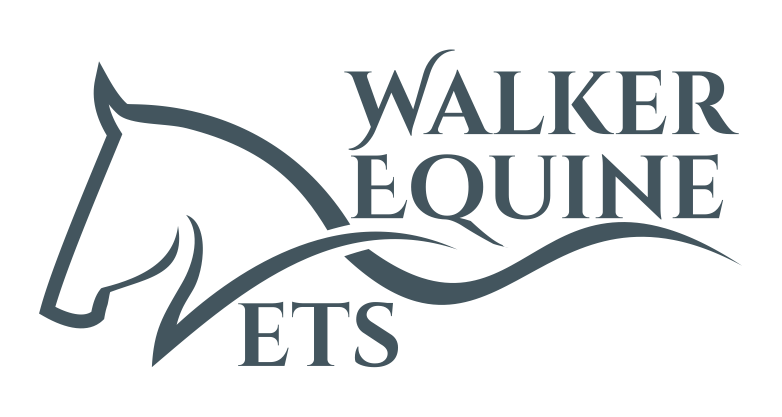PRIOR TO COVERING
THE MARE
Maintaining correct nutrition for the mare is important to support fertility and immunity, giving her a better chance of conceiving first time and, potentially, reducing the need for repeat coverings. Research has shown that a rising plane of nutrition can benefit conception rates, which simply means that the mare should be improving in condition up to the point of covering. Mares who are significantly over or under weight are less likely to conceive and the aim should be for a body condition score of 5 – 5.5 (using the American system of 1 – 9).
As changes to a mare’s condition can take some time, dietary adjustments may need to be made several months in advance, whilst those coming out of work or competition will need to be well “let down” to stand a better chance of conceiving. Whether aiming for weight gain or loss prior to covering, the diet should be fully balanced to provide all the mare needs for good health and to build up nutrient reserves to support the planned pregnancy.
Most mares stop cycling in the winter months and begin cycling in spring in response to the longer day length. Breeding an early foal can be more difficult as mares may not have started to cycle regularly. Ask your vet about methods that can be used to attempt to hasten the onset of cycling. Make sure your mare finishes the winter in lean to good body condition.
Maintain good foot care and trimming and remove hind shoes if she is going to stud. Make sure your mare is wormed and vaccinated up to date for equine influenza and tetanus.
Artificial or Natural
AI can be done using chilled or frozen semen. Chilled semen can be shipped overnight from the UK and from some places in Europe. Frozen semen allows you to use a stallion from anywhere in the world and even those who have now died.
Natural service is the most economical and may be the best option if the stallion you want to use to very local to you. Some problem mares have better fertility with AI. The risk of injury to mare, stallion and handlers and the risk of spread of disease are reduced with AI compared to natural service.
Stallion Considerations
Ensure that he has a good temperament and fertility and produces quality progeny. Consider the size and type of foal that you want to produce. Find out when the stallion is available and if they offer natural service or AI. Make sure that you are clear on the terms of the stud fee and what will happen if your mare does not get in foal.
Veterinary Support – Assessing Suitability
To highlight any possible fertility issues. Finding out this information at an early stage can prevent the expense and disappointment of trying to breed from an unfertile mare.
The veterinary examination can include:
- examination of the conformation of the vulva;
- examination of the vagina and cervix using a speculum;
- ultrasound examination of the uterus and ovaries carried out internally through the rectum.
Based on examination your vet may suggest some treatment prior to or during breeding or pregnancy to improve the chances of her successfully conceiving and carrying a foal. Pre-breeding health tests can also be carried out at this time. You will need to check the requirements of the individual stud or AI centre. Pre-breeding health tests: clitoral swab for Contagious Equine Metritis (CEM): the culture takes at least 7 days so you need to plan ahead; blood test for Equine Viral Arteritis (EVA); other test as requested e.g. uterine swab, strangles blood test.

